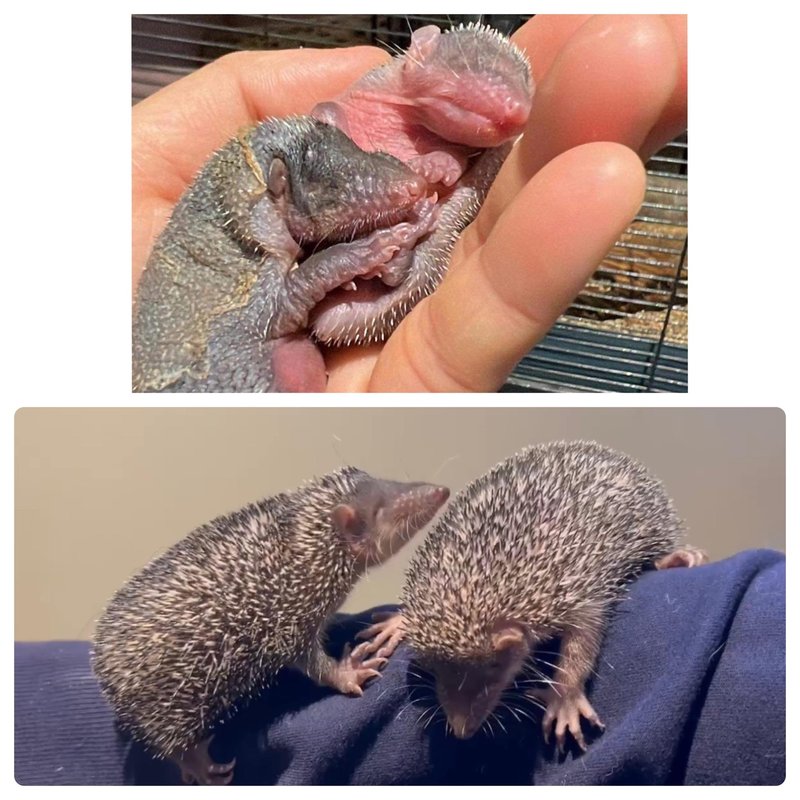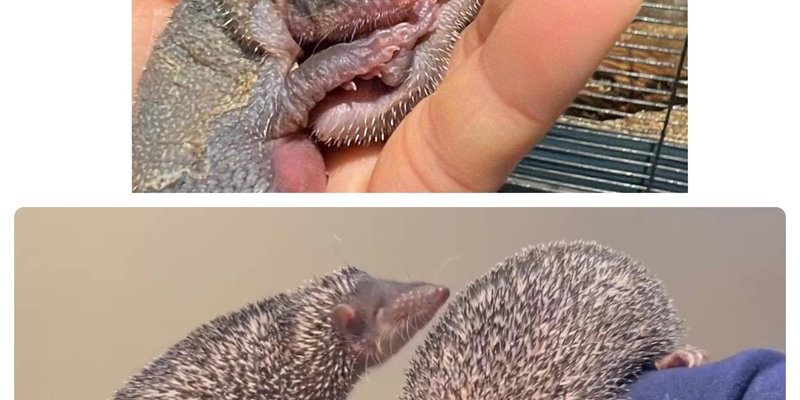
Similar to how different cultures have their own parenting styles, tenrecs have developed distinct methods for nurturing their offspring. Each species of tenrec has its unique approach, but they all share some common traits. In this article, we’ll dive into the fascinating world of tenrec parenting and explore how these little critters raise their young in the wild.
Understanding Tenrec Behavior
Before we jump into the details of parenting, let’s take a moment to understand the tenrec itself. These small mammals belong to the family Tenrecidae, which is a bit of a mixed bag in terms of appearance and behavior. Some look a bit like hedgehogs, while others resemble small rodents. They are incredibly adaptable and can thrive in various environments, from forests to grasslands.
Tenrec behavior is heavily influenced by their habitat. They are nocturnal creatures, which means they’re most active at night. This nighttime activity helps them avoid predators and find food. Understanding this behavior is crucial because it informs how they care for their young. Parents are often more secretive and protective during the day, keeping their nests hidden.
There’s also a social aspect to tenrecs. While some are solitary, others, like the common tenrec, are more social and live in groups. This social structure can affect how they raise their young, as having more adults around can mean more protection and support.
Nesting Habits of Tenrecs
One of the first steps in tenrec parenting is finding a suitable place to nest. Tenrecs typically build their nests in grassy or dense vegetation areas to provide safety from predators. They might use leaves, grasses, and even fur to create a warm, cozy environment. Think of it as a little home where the young can stay safe and warm while learning vital life skills.
Often, a female tenrec will choose a secluded spot to give birth. This could be in a burrow or under thick foliage. The location matters because it helps keep the young hidden from larger predators like snakes and birds. It’s amazing how these small animals have adapted to their environment for the safety of their young.
Nest building is not just about safety; it’s also a bonding experience. The mother spends time preparing the nest, making sure it’s just right. This preparation reflects her instinctual drive to protect and nurture her babies.
Gestation and Birth
Once the nest is ready, the next stage in the parenting journey begins: gestation. The gestation period for tenrecs can vary by species but usually lasts between 50 to 60 days. During this time, the mother is quite selective about her activities, often opting for quiet and rest as her body prepares for the arrival of her little ones.
When it’s time to give birth, the mother tenrec typically delivers a litter of anywhere from two to ten babies. Can you imagine the excitement in that nest? Each baby is born hairless, blind, and utterly dependent on their mother. Their survival depends entirely on the care they receive in those vital first few days. The mother frequently stays close, keeping her young warm and feeding them with her milk.
You might be wondering how the mother knows to care for all those tiny babies. Instinct plays a huge role. From the moment they’re born, she knows what to do—whether it’s feeding them or keeping them snuggly warm.
Feeding and Caring for the Young
Speaking of feeding, let’s talk about what comes next. As the young tenrecs grow, they rely on their mother’s milk for nourishment during the first few weeks of life. Tenrec milk is packed with nutrients, helping the babies develop rapidly. They’ll typically start to open their eyes around two weeks old and begin to explore their nest.
As they grow, the mother gradually introduces them to solid food. Tenrecs are omnivorous, which means they enjoy a varied diet of insects, fruits, and plants. Can you picture a tiny tenrec munching on a bug? It’s all part of learning how to fend for themselves. This transition is crucial because it helps them get ready for life outside the nest.
Throughout this period, the mother engages in playful interactions with her young. This isn’t just fun—it’s an essential part of their development. Play helps the little ones learn important skills, like hunting and socializing. It’s nature’s way of ensuring that they’re well-prepared for the wild.
Protection and Development
Protection is another key aspect of tenrec parenting. The mother is fiercely protective of her young. If she senses danger, she’ll hide them quickly or even take them to a new location. This instinct makes sense, considering that many predators are always on the lookout for a tasty meal.
As the young tenrecs grow, they start to venture out more and explore their surroundings. Here’s the thing: they may look cute and defenseless, but they have their own ways of protecting themselves. Some species have spines that can deter predators, while others will attempt to blend into their environments. This self-defense is learned through observation of their mother.
As the weeks turn into months, the mother continues to guide her young. She teaches them how to find food, avoid dangers, and establish their territory. It’s a tough world out there, and the lessons she imparts are vital for their survival.
Independence and Leaving the Nest
Eventually, the time comes for the young tenrecs to leave the nest. This is a significant milestone in their lives. They usually become independent around two to three months of age. Can you picture a little tenrec taking its first steps out into the big world? It’s both exciting and nerve-wracking!
During this transition, the young ones may still stay close to their mother, especially if they are learning to hunt or navigate. However, independence is important for their growth. It’s nature’s way of saying, “You’ve learned what you need, now go thrive!”
Once they leave the nest, they start forming their own territories. They may even meet other tenrecs and establish their social networks. This independence is crucial, allowing them to find mates and start families of their own in the future.
Watching how tenrecs raise their young is like peeking into a fascinating world that’s a mix of instinct, love, and survival skills. From finding the perfect nesting spot to teaching their little ones how to thrive in the wild, mother tenrecs demonstrate the beauty of nature’s parenting styles. Honestly, it’s a reminder of how all creatures, no matter how small, play an essential role in the ecosystem.
The life of a tenrec is a testament to resilience and adaptability. As we learn more about these unique creatures, we gain a deeper appreciation for the various ways animals nurture and protect their young. So, next time you think about parenting in the animal kingdom, remember the tenrec and its remarkable journey from nest to independence.

